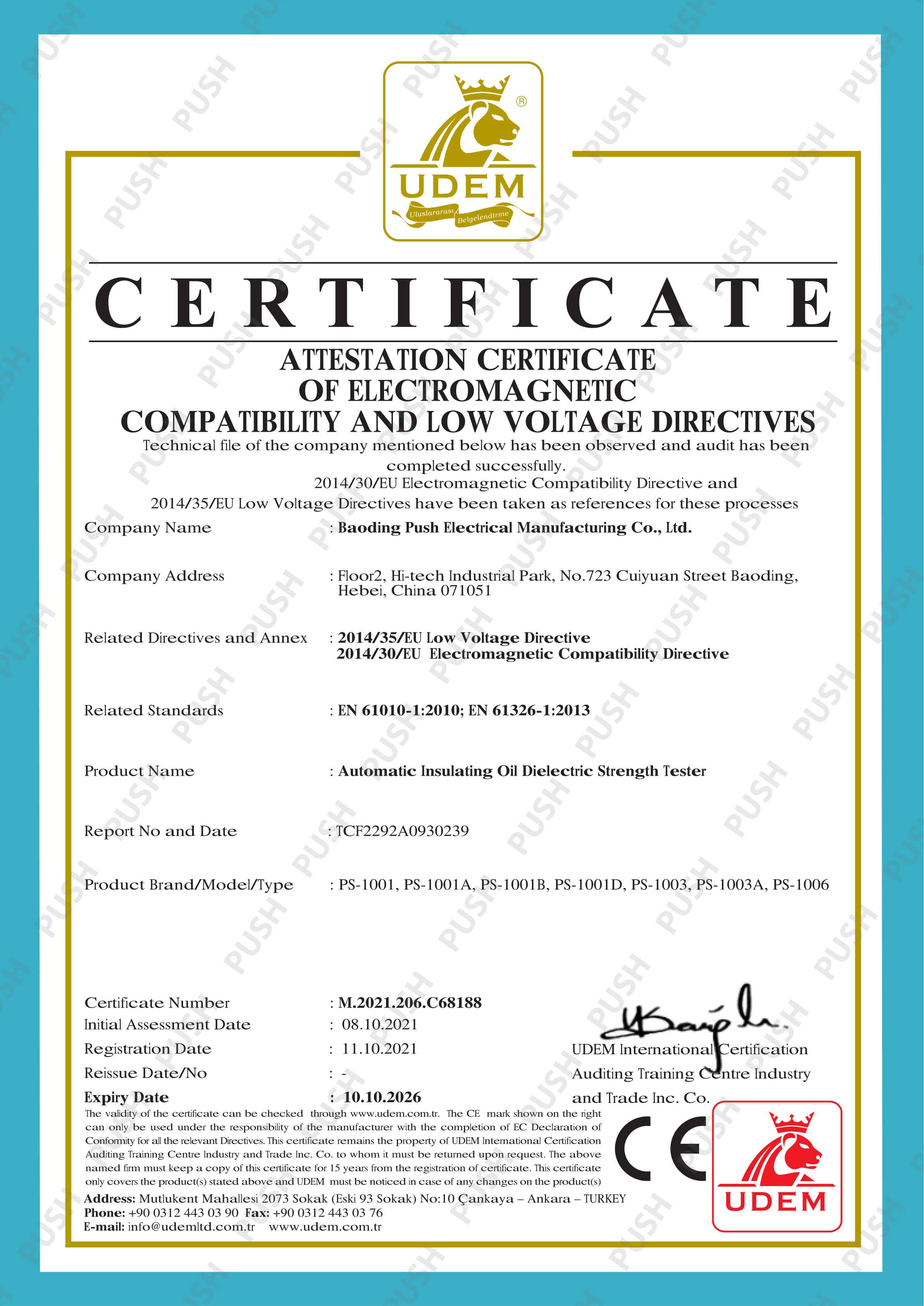 English
English


Potentiometric Analysis of Redox Titrations for Accurate Determination of Chemical Concentrations
Redox Titration by Potentiometry A Comprehensive Overview
Redox titration is an analytical method used to determine the concentration of oxidizing or reducing agents in a sample. Among the various techniques available, potentiometry stands out due to its accuracy, sensitivity, and ability to provide real-time data. In this article, we delve into the principles of redox titration by potentiometry, its applications, and the advantages it offers over traditional methods.
Principles of Potentiometry in Redox Titration
At its core, potentiometry involves measuring the voltage (potential difference) between two electrodes in an electrochemical cell without drawing any current. In redox titrations, one electrode is usually a reference electrode (like the silver/silver chloride electrode), while the other is a working electrode that responds to the redox reactions occurring in the solution.
The redox titration process starts with the addition of a titrant—a known concentration of an oxidizing or reducing agent—into a sample solution containing an analyte of unknown concentration. As the titrant is added, the oxidation-reduction reaction occurs, and the potential of the solution changes. This change in voltage corresponds to the concentration of reactants and products in the solution, allowing for the determination of the endpoint of the titration.
Endpoint Determination
Determining the endpoint in potentiometric titration is essential to ensure accurate results. Unlike colorimetric titrations, which rely on visual indicators, potentiometric titrations use the measurement of potential change to find the endpoint. The most common approach is to plot a titration curve, displaying the potential against the volume of titrant added. The inflection point of the curve indicates the equivalence point, where the moles of titrant equal the moles of analyte.
Applications
The potentiometric redox titration method has numerous applications across various fields. In the food industry, it is employed to measure antioxidants, such as vitamin C, which can act as reducing agents. In environmental analysis, this method is used to quantify levels of pollutants, such as heavy metals, which can participate in redox reactions. Additionally, in pharmaceutical laboratories, potentiometric titrations can help in the quality control of drug formulations by determining the concentration of active ingredients.
redox titration by potentiometry

Advantages of Potentiometric Redox Titration
1. Sensitivity and Precision Potentiometric methods are highly sensitive, allowing for the detection of very slight changes in concentration. This is particularly beneficial when analyzing samples with low concentration levels.
2. Real-Time Monitoring The continuous voltage measurement during titration provides real-time data, enabling quick adjustments in titrant addition and improving the precision of endpoint determination.
3. No Indicators Required Since the endpoint is determined based on voltage change rather than visual indicators, potentiometric titrations eliminate the subjective interpretation often seen in traditional methods.
4. Versatility Potentiometry can be adapted to various redox systems, making it suitable for a wide range of applications across different scientific fields.
5. Automation Potential Potentiometric titrations can easily be automated, improving throughput and allowing for simultaneous analysis of multiple samples.
Conclusion
Redox titration by potentiometry is a vital analytical technique that provides accurate, sensitive, and reliable results for a wide range of applications. The ability to monitor potential changes in real time, along with the elimination of subjective indicators, makes it a preferred choice in many laboratories. As technology continues to advance, the integration of potentiometric methods into automated systems promises to enhance efficiency and expand the applications of redox titration in both research and industry.
-
Differences between open cup flash point tester and closed cup flash point testerNewsOct.31,2024
-
The Reliable Load Tap ChangerNewsOct.23,2024
-
The Essential Guide to Hipot TestersNewsOct.23,2024
-
The Digital Insulation TesterNewsOct.23,2024
-
The Best Earth Loop Impedance Tester for SaleNewsOct.23,2024
-
Tan Delta Tester--The Essential Tool for Electrical Insulation TestingNewsOct.23,2024





